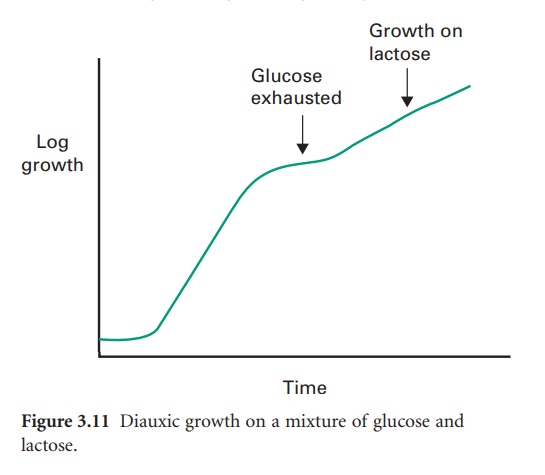Nutrition and Growth - Factors Affecting the Growth of Bacteria
| Home | | Pharmaceutical Microbiology | | Pharmaceutical Microbiology |Chapter: Pharmaceutical Microbiology : Bacteria
Bacteria vary considerably in their requirements for nutrients and in their ability to synthesize for themselves various vitamins and growth factors. Clearly the major elemental requirements for growth will match closely the elemental composition of the bacteria themselves.
NUTRITION AND GROWTH
Bacteria vary
considerably in their requirements for nutrients and in their ability to
synthesize for themselves various vitamins and growth factors. Clearly the
major elemental requirements for growth will match closely the elemental
composition of the bacteria themselves. In this fashion there is a need for the
provision of carbon, nitrogen, water, phosphorus, potassium and sulphur with a
minor requirement for trace elements such as magnesium, calcium, iron, etc. The
most independent classes of bacteria are able to derive much of their nutrition
from simple inorganic forms of these elements. These organisms are called chemolithotrophs and can even utilize atmospheric
carbon dioxide and nitrogen as sources of carbon and nitrogen. Indeed, such
bacteria are, in addition to the green plants and algae, a major source of
organic molecules and so they are more beneficial than problematic to humans.
The majority of bacteria require a fixed carbon source, usually in the form of
a sugar, but this may also be obtained from complex organic molecules such as
benzene, paraffin waxes and proteins.
Nitrogen can generally
be obtained from ammonium ions but is also available by deamination of amino
acids, which can thus provide both carbon and nitrogen sources simultaneously.
Many classes of bacteria are auxotrophic and can grow on simple sugars together
with ammonium ions, a source of potassium and trace elements. Such bacteria can
synthesize for themselves all the amino acids and ancillary factors required
for growth and division. These bacteria, e.g. pseudomonads and Achromobacter species, are generally
free-living environmental strains but they can sometimes cause infections in
immunocompromised people. In the laboratory they can be grown in simple salts
media with few, if any, complex supplements. The rate of growth of such
organisms depends not only on temperature and pH but also on the nature of the
carbon and nitrogen sources. Thus, a faster rate of growth is often obtained
when glucose or succinate is the carbon source rather than lactose or glycerol,
and when amino acids are provided as sources of nitrogen rather than ammonium
salts. If faced with a choice of carbon and nitrogen sources then the bacteria
will adapt their physiology to the preferred substrate and only when this is
depleted will they turn their attention to the less preferred substrate. Growth
in liquid cultures with dual provision of substrate such as this is often
characterized by a second lag phase during the logarithmic growth period while
this adaptation takes place. This is called diauxic
growth (Figure 3.11).

As the association
between bacteria and higher life forms becomes closer then more and more
preformed bio-synthetic building blocks become available without the need to
synthesize them from their basic elements. Thus a pathogenic organism growing
in soft tissues will have available to it glucose and metal ions from the blood
and a whole plethora of amino acids, bases, vitamins, etc. from lysed tissue
cells. While most bacteria will utilize these when they are available, a number
of bacteria that have become specialized pathogens have lost their ability to
synthesize many of these chemicals and so cannot grow in situations where the
chemicals are not provided in the medium. Consequently many pathogens require
complex growth media if they are to be cultured in vitro.
All that has been
discussed earlier about the physico-chemical and nutritional constraints on
bacterial growth has been based on laboratory studies. By definition, the only
bacteria that we can describe in this way are those that can be cultured artificially.
It cannot be overstated that a majority of bacterial species and genera cannot
be cultured in the laboratory. In the past the presence of such non-culturable
bacteria has been attributed to moribund cells. With the advent of modern
molecular tools, however, it has now been realized that these organisms are
viable. By amplifying their DNA and sequence mapping, the genetic relationship
of such bacteria to the culturable ones can be demonstrated and whole new
families of hitherto unrecognized bacteria are being identified. It is possible
that in the future many disease states currently thought to have no
microbiological involvement could be identified as being of bacterial origin. A
recent example of this has been the association of Helicobacter pylori with gastric ulcers and gastric cancers.
Related Topics
